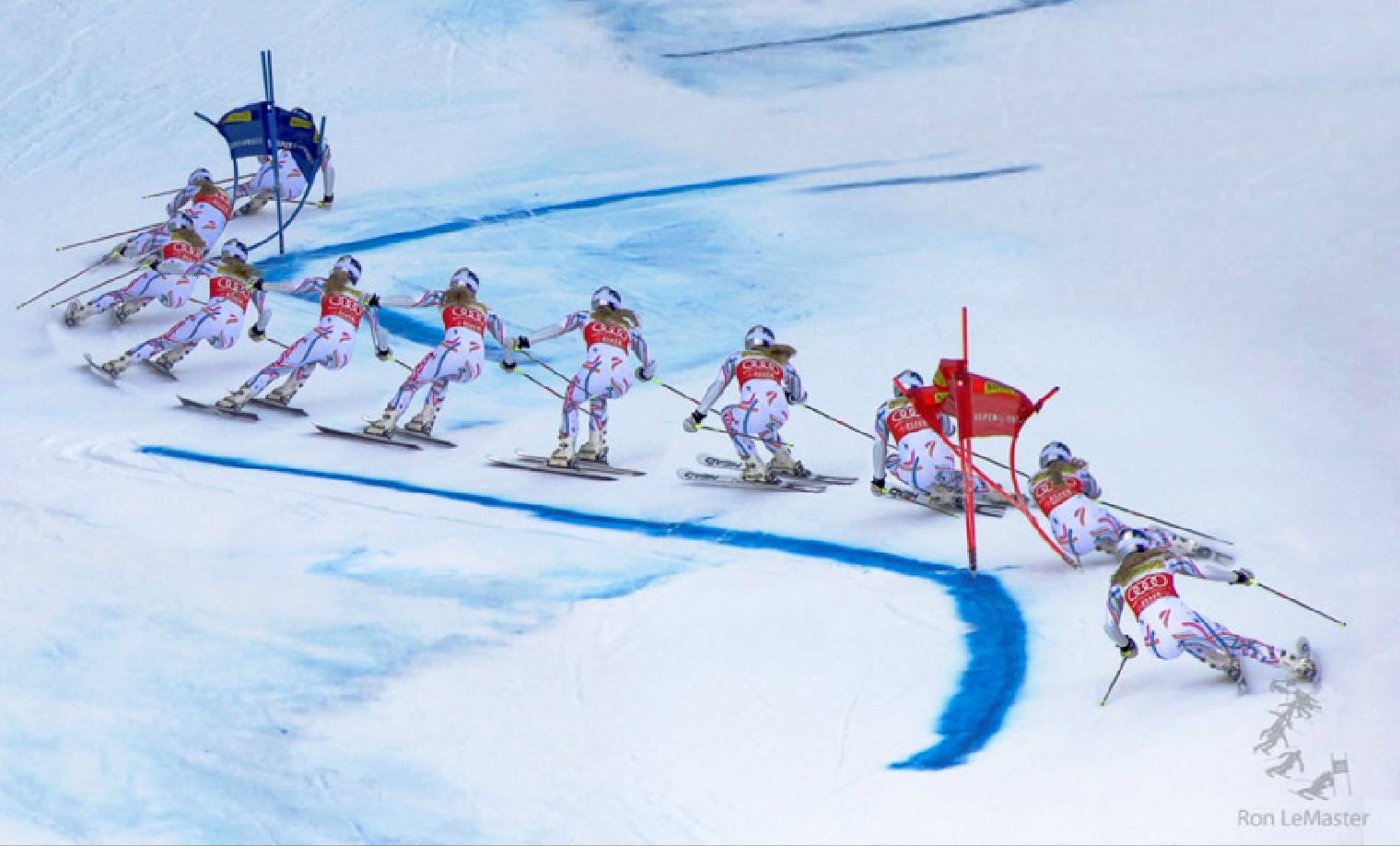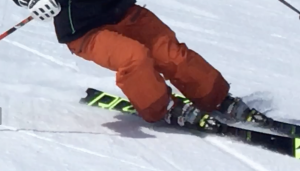Yes, race coaches and top end skiers never talk about ski pressure. I can’t help but to wonder where you come up with some of this stuff. Nevertheless, it certainly looks as though, however reluctantly with much complicated explanation and semantic shuffleboard, the 100% weight shift dogma is finally going to the dogs. Woof, woof.
@Doby Man
#1 I never said we don't talk about pressure - where do you get that from? I just talked about pressure at length in my post just above... How it appears, how to not create it "manually" and more... how it's more in some turns and less in other, how it increases and decreases, how pressure is a result, an outcome of putting the skis on edge and being patient etc - it is not an input into anything...
#2 we need to be balanced 100% on the outside ski! Is that more clear? And no, that does not contradict what I just posted above, at all, if you read the post.
#3 "woof woof"? Really?
#4 It looks like you don't ski at a high enough level: you're trying to explain skiing at a very low level, which will hardly result in great skiing!
We do not shift weight: when you glide on a green run and ski without any performance whatsoever,
all you have is weight and you shift it from ski to ski, like you keep coming back to.
If that is your universe, fair enough:
you shift weight.
Trying to understand these concepts will help you a lot: at a much higher level of performance, we talk about
balance,
relaxation and
receiving pressure, as JF Beaulieu nicely put it. We transfer
the balance from foot to foot, as needed, no weight, no pressure. We
relax into angles, which is the
exact opposite of creating pressure early or pressuring the skis or weight transfer and all these things you seem to know and understand. And then, if we've done everything right, we
receive pressure from the mountain.
Pressure is an outcome of a good turn.
Here's an example I was analyzing just now, recorded this morning - me passing by the camera on a black run - it's not a particularly great turn, but it shows what I mean. Excuse the quality, the camera came with a phone. You can see:
1. balance transferred to the new outside leg early.
no pressure:
2-3. edging and gliding while balancing on the outside ski and relaxing into angles.
no pressure
4. the outside leg extending while still creating angles.
no pressure
5. late as the angles build up, slight pressure appears. and the rest is obvious
I strongly recommend some literature and videos, to help you understand modern skiing at a high level.
JF Beaulieu videos are really good - one of the great skiers out there:
https://www.skiwithjf.com/buy-videos
Reilly, Paul and the gang - among the best skiers out there - anything coming from them is highly recommended, and they have created a lot (and hopefully more to come):
https://vimeo.com/projectedproductions
In terms of books, the two authors I would recommend are Warren Witherell and Harald Harb.
cheers
p.s. Here's Lindsay, a great montage showing the exact same movement pattern. Watch how late at the blue gate the pressure and ski bend appear - and when it appears, it's on the outside ski! She is just tipping the skis on edge, without any pressure, just creating big angles, for so long... only in frame 4 from the back does some pressure and ski bend appear.
Honestly,
this is modern skiing at a high level, I don't know in how many more ways to explain and demonstrate this!!! I'm going to hang up the keyboard for a while, this is taking way too much time... and there's some wine waiting on the waxing bench!

